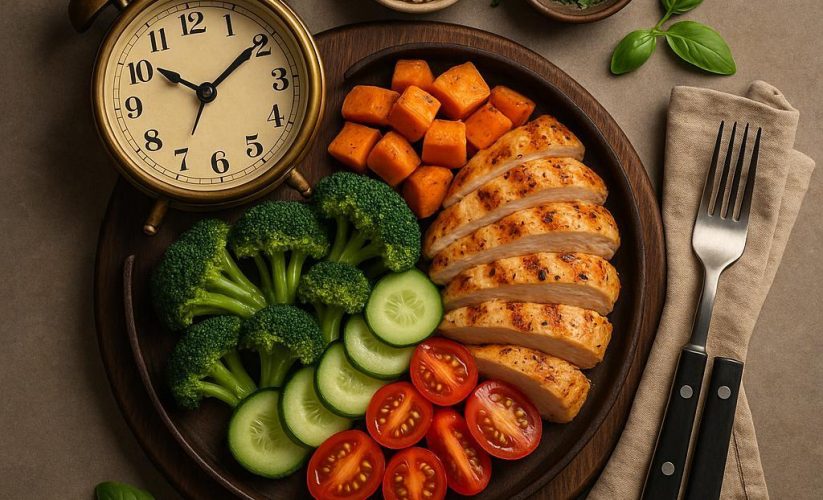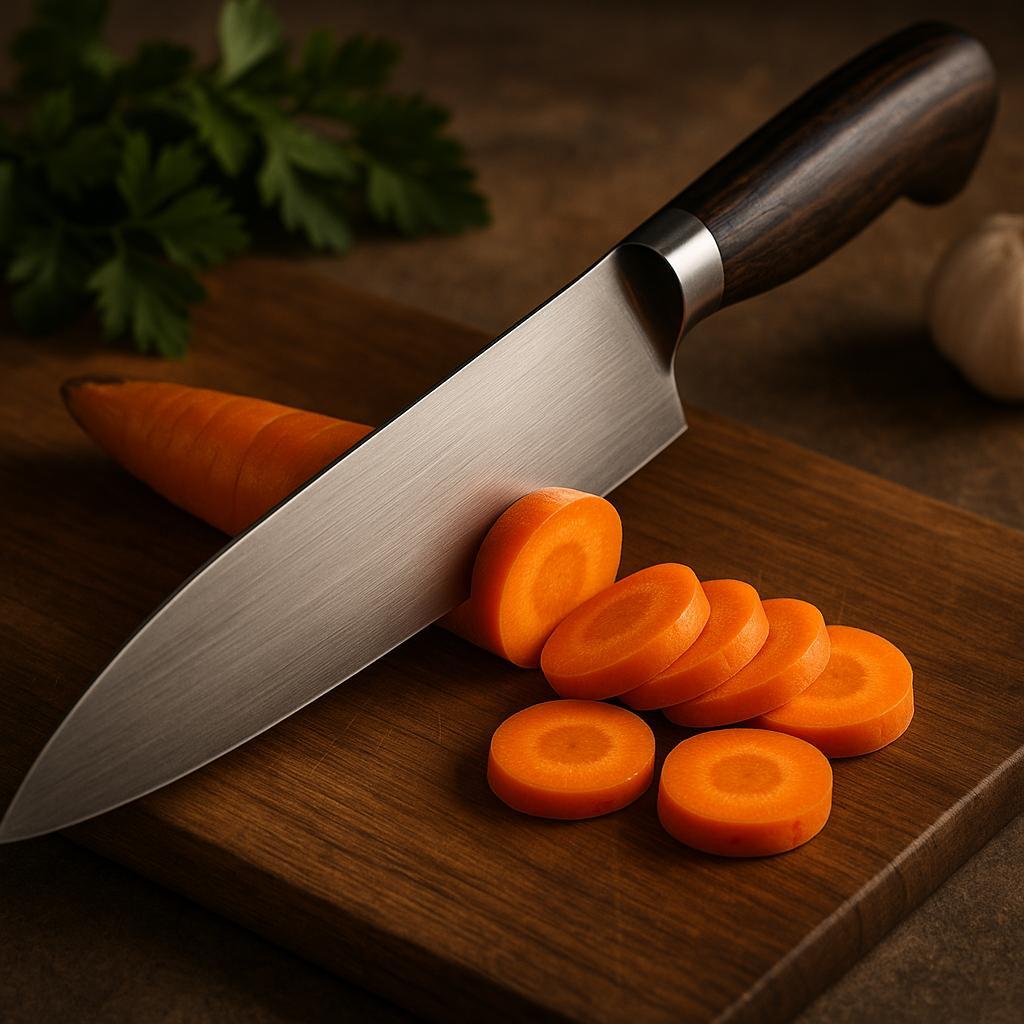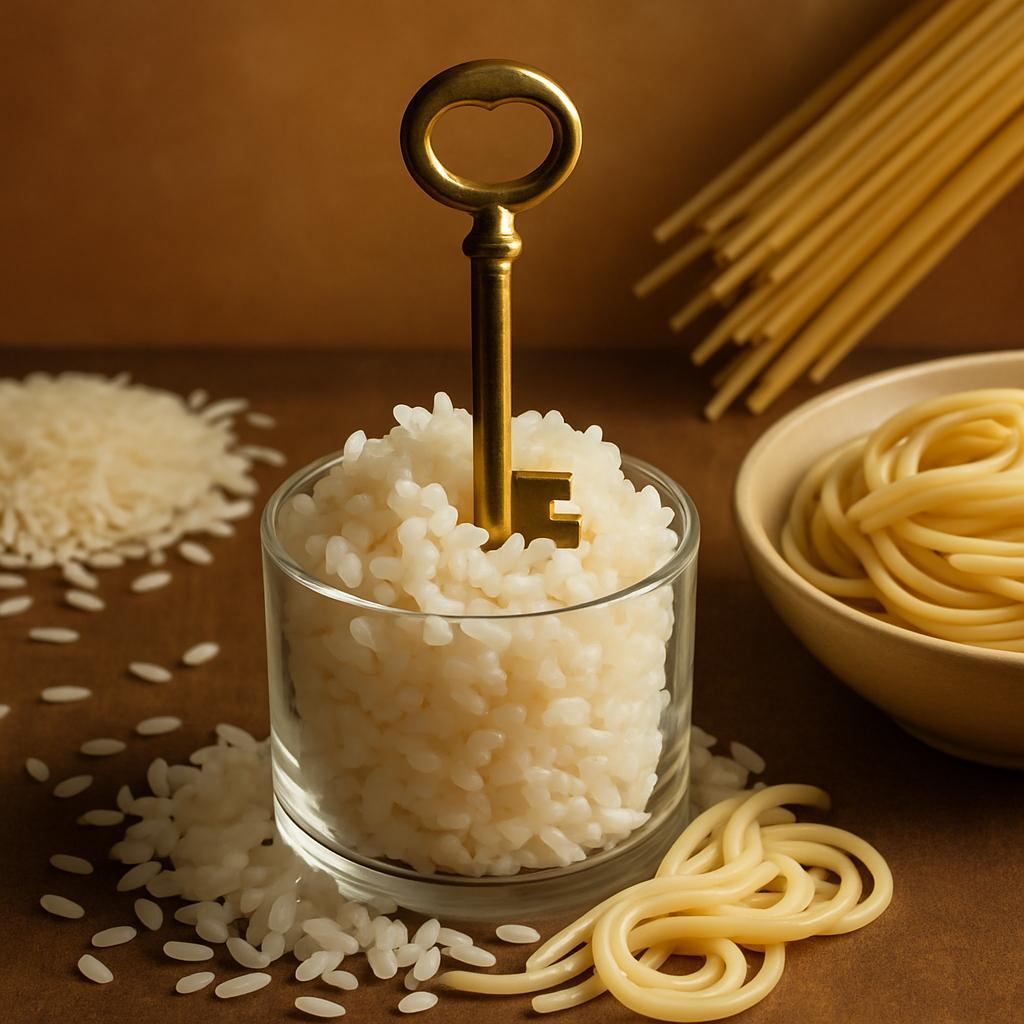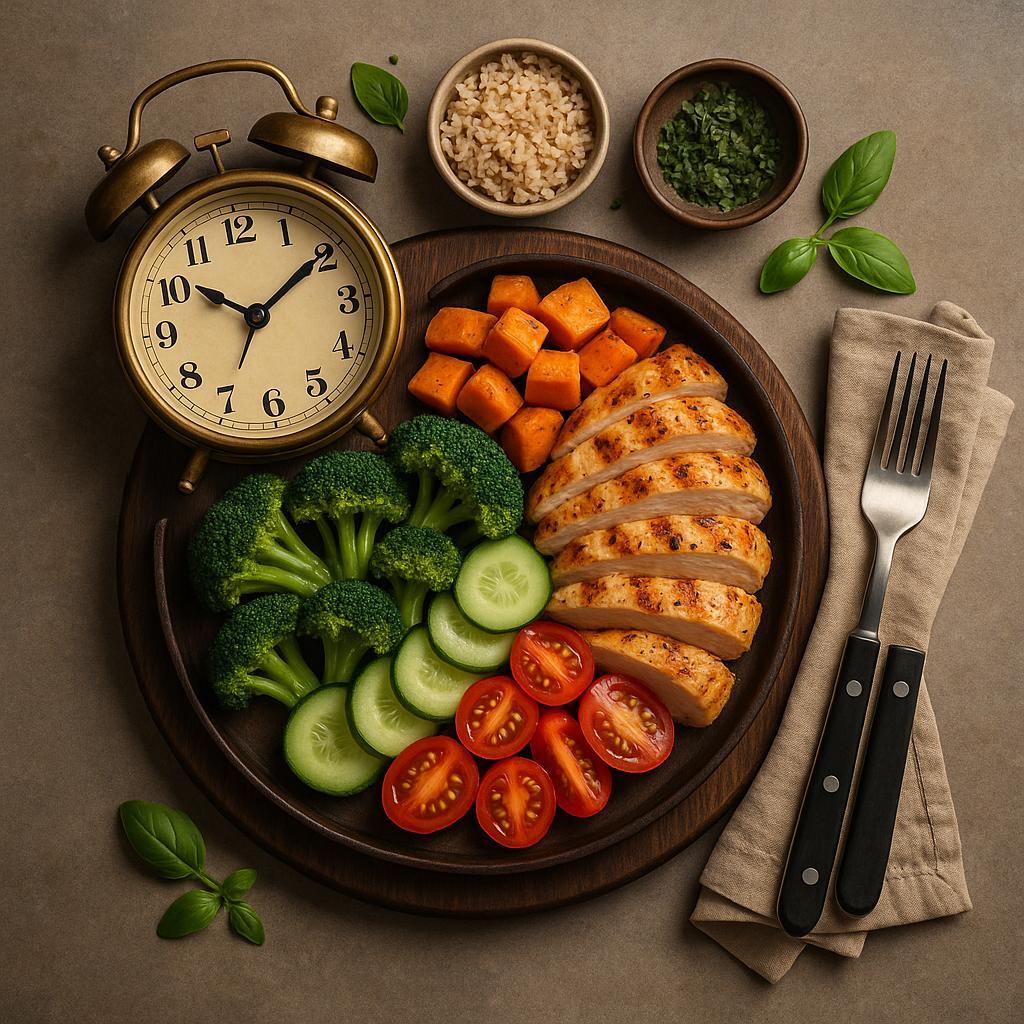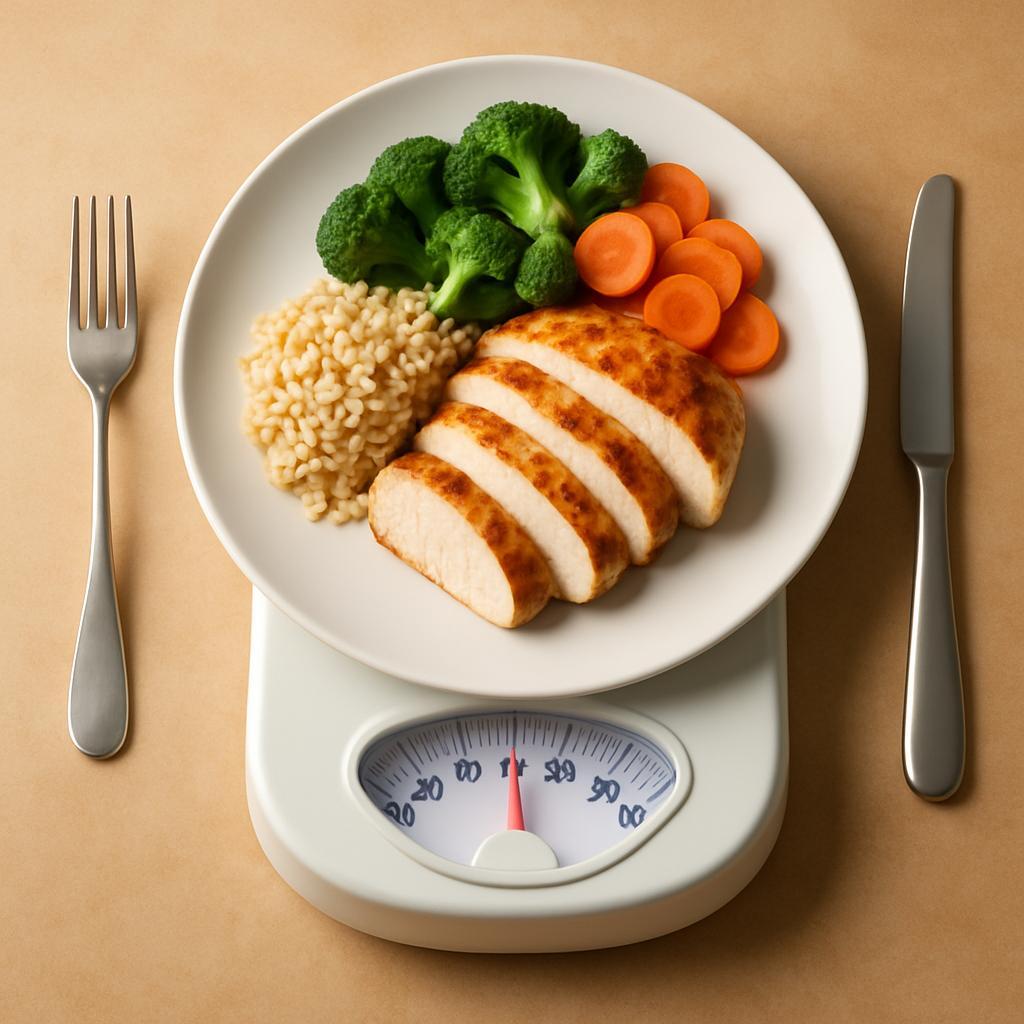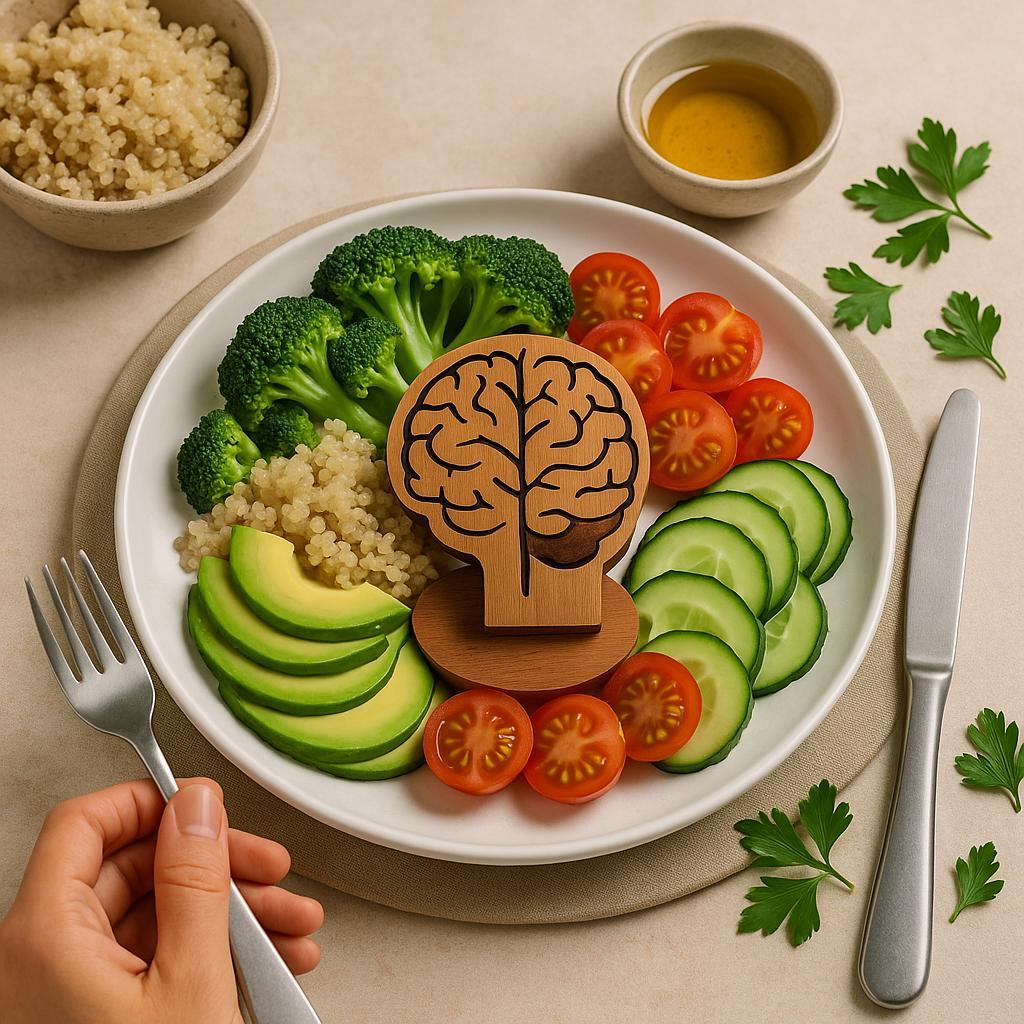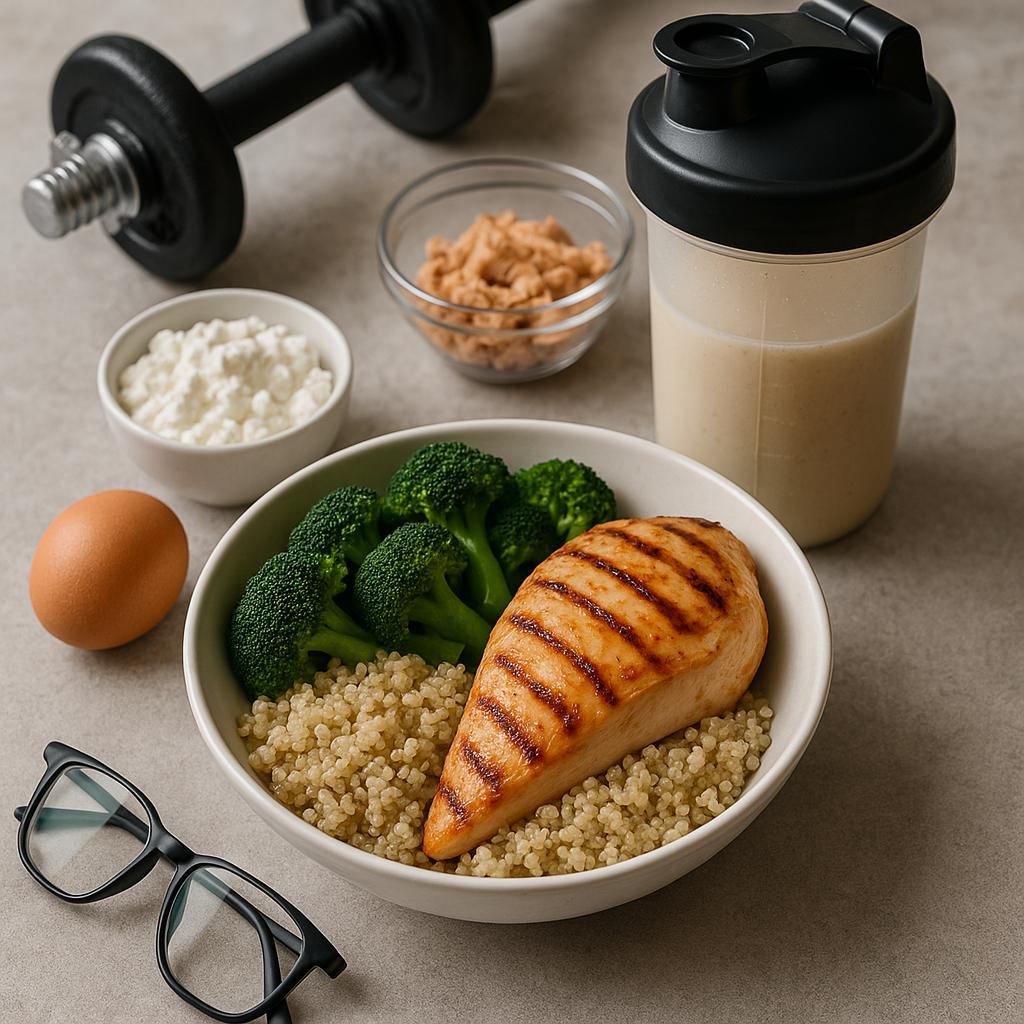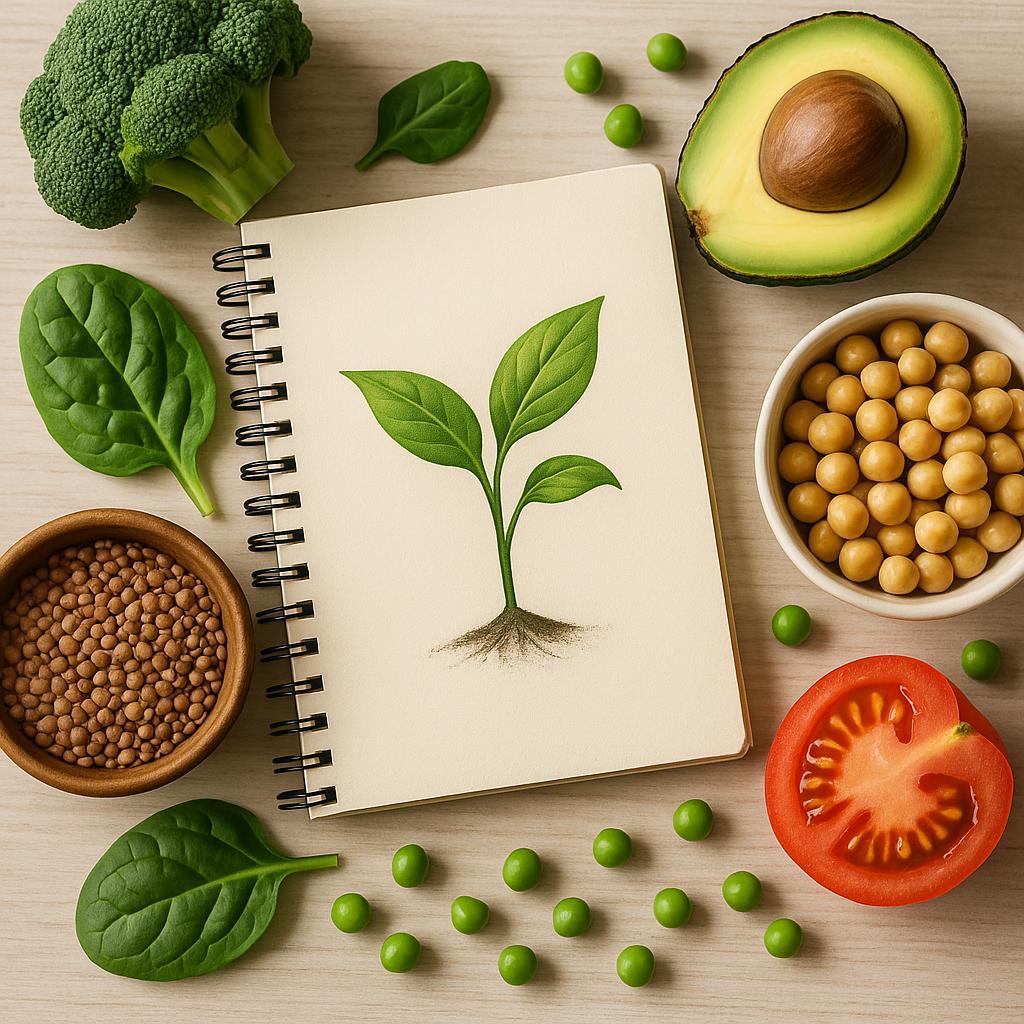Precision Portions for Weight Management, Without Hunger
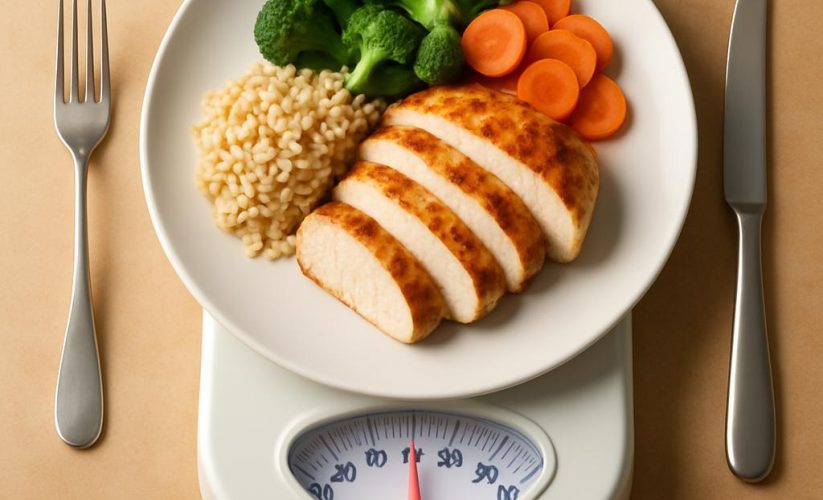
Eat until you’re satisfied-and still see the scale cooperate. Precision Portions is a practical way to match what’s on your plate with what your body actually needs, so weight management stops feeling like a tug-of-war with hunger. Instead of vague “eat less” mantras, it uses clear cues-how foods differ in density, how balance affects appetite-to right‑size servings without shrinking meals. The result isn’t deprivation; it’s meals that are deliberately abundant in the right places and modest where it matters.
If willpower has left you counting minutes to your next snack, this approach offers a calmer alternative. Ahead, we’ll explore how to calibrate portions with simple, repeatable choices that fit real life, so you can eat well, feel full, and let progress happen without the constant gnaw of hunger.
Table of Contents
- The science of fullness that makes smaller servings feel easy
- Portion cues you can trust without weighing or counting
- Social meals made simple with quiet portion strategies
- Stock your kitchen for lasting satiety not cravings
- Q&A
- Wrapping Up
The science of fullness that makes smaller servings feel easy
Fullness isn’t willpower; it’s physiology you can program. When food brings volume, protein, and viscosity, stretch receptors fire, and the gut releases GLP‑1, PYY, and CCK-the trio that slows gastric emptying and quiets appetite-while ghrelin drops. That’s why low-energy density foods (high water + fiber) make a smaller calorie load feel generous. Anchor each meal with 20-35 g protein and at least 8-12 g fiber from vegetables, legumes, berries, and intact grains; add water-rich items like broth-based soups or crisp salads to raise meal weight without raising calories. Favor textures that linger-oats, beans, chia, barley, okra-because viscous fibers thicken the gastric contents and prolong contact with satiety receptors. Choose solids over liquids when possible, since chewing, aroma, and oral exposure amplify the cephalic phase that primes fullness. A compact plate can still be high-volume: think 300-500 g meal weight for only 350-600 kcal by pairing lean proteins with towering veg and a modest portion of dense carbs.
Small plating gets easier when you stack sensory cues with smart sequencing. Preload 10-15 minutes before eating with a glass of water, a cup of broth, or a crunchy apple; then take your first bites from protein and vegetables before starch. Layer umami (miso, parmesan, mushrooms, tomatoes) and a touch of acid (citrus, vinegar) to enhance satisfaction without extra calories, and use temperature and texture contrast-warm stew beside cool slaw-to slow pace. Keep fats purposeful (a teaspoon of olive oil or nuts) to boost CCK without overshooting calories. Eat for at least 15-20 minutes, aiming for distinct pauses to let hormones catch up. Practical template: palm-sized protein, a heaping pile of watery veg, a fist of whole carbs, and a thumb of added fats; finish with a high-fiber bite-berries with thick Greek yogurt or cocoa-dusted orange-to lock in satiety and make the smaller serving feel like plenty.
Portion cues you can trust without weighing or counting
Use your hands and your plate as your built‑in measuring tools. A 9-10 inch plate keeps volumes honest: fill half with non‑starchy vegetables (leafy greens, broccoli, peppers) to add bulk for almost no calories, then use a palm of your hand (not fingers) for lean protein, and a closed fist for starches or fruit. Liquids and fats are the sneaky extras-aim for a thumb of oil, butter, creamy dressing, or mayonnaise; cheeses hover around two thumb tips. For bowls, think in volumes: two cupped hands of veg as the base, one cupped hand of grains or beans, and a palm of protein across the top. Nuts sit heavy for their size, so keep to a small cupped hand or a thumb of nut butter when snacking. These cues scale with your body-smaller hands naturally mean smaller portions-so they stay personal without math.
Layer in satiety cues to fine‑tune without a scale. If your plate follows the veg‑protein‑starch pattern and you still feel peckish after 10-15 minutes, add a bit more protein or produce rather than extra starch or fats; if you’re not comfortably satisfied for at least 3 hours, your protein or fiber was likely too light. Restaurant portions? Keep the protein to your palm, starch to your fist, and request sauces on the side so you can stick to a thumb or two; box the rest before the first bite. At home, use high‑contrast plates (food color pops, helping you see “enough”), and aim for meals where you can still see plate space between items after serving-if foods pile higher than your two stacked fists and aren’t mostly vegetables, it’s probably more energy than you need. Trust these visuals and sensations together, and you’ll hit precise portions that keep hunger calm without counting a thing.
Social meals made simple with quiet portion strategies
At restaurants, use hand-size measures that no one notices: one palm of protein, two fists of vegetables, one cupped hand of starch, and a thumb of added fats. Build this on your plate by parking the starch at the edge and letting leafy or roasted vegetables take the center, so portions self-limit without feeling skimpy. Order like a foodie, not a dieter: “grilled with seasonal veg and sauces on the side” reads as preference, not restriction, and lets you control the pour with each bite. Share an entrée and add a vegetable side-social, cost-savvy, and naturally halves portions. Pace with conversation by using a fork-down pause between topics, sip water between bites, and leave a “landing strip” of empty plate space to signal you’re satisfied. For bread baskets and fries, take a single deliberate piece, place it on your bread plate, and slide the rest out of reach; the portion is set without fanfare.
At buffets and potlucks, do a full walk-through before serving; decide on your picks, then use a salad plate first so portions look abundant while staying modest. Lead with a fiber-and-protein anchor-slaw, greens, beans, shrimp, or chicken-then add one cupped hand of your favorite starch so satisfaction arrives early and hunger stays quiet. Serve yourself with the smallest utensil available, stand or sit facing away from the food table, and keep a napkin in hand-these subtle frictions curb autopilot refills. For alcohol and sugary drinks, alternate each serving with sparkling water and a lime; your glass stays festive while total intake naturally halves. Dessert doesn’t need a spotlight: split one, or take two mindful bites of your favorite and park the fork on the plate’s edge. You’ll leave comfortably full, engaged in the moment, and confident your portions matched your goals-without anyone noticing the strategy but you.
Stock your kitchen for lasting satiety not cravings
Build a “satiety system” on your shelves so every grab leads to balance: pair a lean protein (canned salmon or tuna in water, eggs, Greek yogurt, tofu/tempeh, frozen edamame) with a fiber-rich carb (steel-cut oats, quinoa, farro, brown rice, high‑fiber tortillas, lentils/chickpeas), plus water‑rich produce (bagged salads, slaw mix, cherry tomatoes, berries, frozen veg medleys), a measured healthy fat (avocado, nuts/seeds, tahini, extra‑virgin olive oil), and a bold flavor booster (vinegars, mustard, salsa, miso, chili crisp, herb blends). Pre‑portion once to eat on autopilot all week: 1‑cup glass jars of cooked grains (about 1/2 cup each), palm‑sized protein packs (3-4 oz), 1‑tbsp nut/seed toppers, and oil in a pump mister to control teaspoons. Keep a visible “assembly zone” at eye level with ready combos-think quinoa + chickpeas + arugula + lemon‑tahini; Greek yogurt + berries + chia; edamame + brown rice + slaw + soy‑miso; tuna + white beans + tomato + olives-so the easiest choice is the most filling one.
Make precision portions effortless with tiny cues, not willpower: clear bins labeled Protein, Fiber, Crunch (raw veg, roasted chickpeas), and Flavor, plus 1/2‑cup and 1‑tbsp scoops parked inside each bin. Set a default plating rule-half non‑starchy veg, a quarter protein, a quarter smart starch-and serve from the counter, not the table, to curb “just a bit more.” Stock “smart snack kits” (apple + cheese stick + 6-10 walnuts; carrots + 2 tbsp hummus; plain skyr + cocoa + cinnamon) and freeze single‑serve soups or chili for instant, high‑fiber meals. Place fruit and sparkling water where you first look, stash sweets in opaque containers on a high shelf, and keep fast flavor on hand (feta crumbles, pickled onions, toasted seeds) so meals feel abundant without overserving calories. A 20‑minute weekly reset-cook two grains, one pot of beans, one sheet pan of veg, and portion three proteins-turns your kitchen into a craving‑resistant, ready‑to‑mix station that keeps you satisfied between meals.
Q&A
How do I set precise portions for my size without counting calories?
Use a simple template plus body-based cues. Start with a plate: half non-starchy vegetables, a quarter lean protein, and a quarter smart carbs (whole grains, beans, starchy veg), with a small side of healthy fat. Calibrate with your hands: one palm of cooked protein and one cupped hand of carbs per meal for smaller bodies, two of each for larger or very active bodies; add 1-2 thumb-sized portions of fat. Aim for 25-40 g protein and 8-12 g fiber per meal (roughly 1.2-1.6 g protein per kg body weight per day, and 25-38 g fiber daily). Adjust weekly: if energy is low or hunger hits early, increase protein or vegetables first; if weight isn’t trending down after 2-3 weeks, reduce one daily cupped-hand of carbs or one thumb of added fats.
What can I add to meals to stay full on fewer calories?
Leverage low-energy-density “volume” foods and the protein-fiber-water trio. Begin meals with 250-500 ml water, a broth-based soup, or a leafy salad with a vinegar-based dressing. Build plates around 2+ cups of non-starchy vegetables (zucchini, mushrooms, crucifers), 25-40 g lean protein (fish, poultry, tofu, skyr), and fiber-rich carbs (beans, lentils, intact grains). Include a small dose of fats (10-20 g from olive oil, nuts, avocado) for staying power. Examples: chili loaded with beans and vegetables; stir-fry with tofu, a mountain of veg, and a half-cup cooked rice; Greek yogurt with berries and chia. Eat slowly and pause at 15-20 minutes to let fullness catch up.
How do I portion smartly when eating out or ordering in?
Use “scout-and-split.” Spot the protein and serve yourself a palm or two; double the vegetables by asking for extra greens or a side of steamed veg; limit carbs to a cupped hand, boxing the rest before you start. Choose grilled, roasted, or steamed mains; request sauces on the side and drizzle sparingly. Preload with a clear soup or small salad, share sides, and pace the meal so the first third takes five to seven minutes. If portions are unknown (buffets, family-style), plate your food once and step away from the serving dishes.
What if I’m hungry between meals, or my weight loss stalls?
First, check timing and composition: if hunger arrives within two hours, the prior meal likely lacked protein, fiber, or volume-add 10-15 g more protein and another cup of vegetables next time. For immediate relief, choose a 150-250 kcal snack that pairs protein with fiber or water (apple with peanut butter, cottage cheese and tomatoes, edamame, miso soup). Use a 0-10 hunger scale and aim to begin meals around 3-4 and stop at 6-7. If weight stalls for 2-3 weeks despite consistency, trim one daily thumb of fat or half a cupped-hand of starch, or add 2,000-3,000 steps per day-change only one variable at a time and reassess after another two weeks.
Do I need a food scale to be “precise” without obsessing?
No, but short-term measuring can calibrate your eye. Weigh or measure dense, easy-to-overpour items (oils, nuts, cheese, cereal) for 7-14 days to learn what a thumb or small handful really looks like, then return to hand and plate guides. Use consistent bowls or containers to create “known” volumes, pre-portion snacks into single servings, and keep serving dishes off the table to reduce mindless top-ups. Precision comes from repeatable habits, not constant math.
How can I fit snacks and desserts without derailing portions-or feeling deprived?
Plan them like mini-meals with a “satisfy-and-stop” rule. Cap most snacks at 150-250 kcal and pair pleasure with protein or fiber: dark chocolate (20-30 g) with raspberries, Greek yogurt with honey and walnuts, or a small latte plus a piece of fruit. When having dessert after a meal, keep the main plate balanced and portion the sweet intentionally (share, split, or order the smallest size). Use small plates, sit to savor, and finish with something palate-clearing (herbal tea, mint) to signal the end.
Wrapping Up
You now have a simple, repeatable way to size meals that keeps you satisfied: anchor with enough protein, pile on high-volume produce, measure the denser add‑ons on purpose, and slow the pace so fullness can catch up. It’s not rigid-it’s just replacing guesswork with clear cues you can trust.
Try one small step next: at your very next meal, build a plate with a palm of protein, two generous portions of vegetables, a cupped hand of starch, and a thumb of fat, then eat until comfortably satisfied. Let the quiet math on your plate do the work. One plate at a time is enough.


